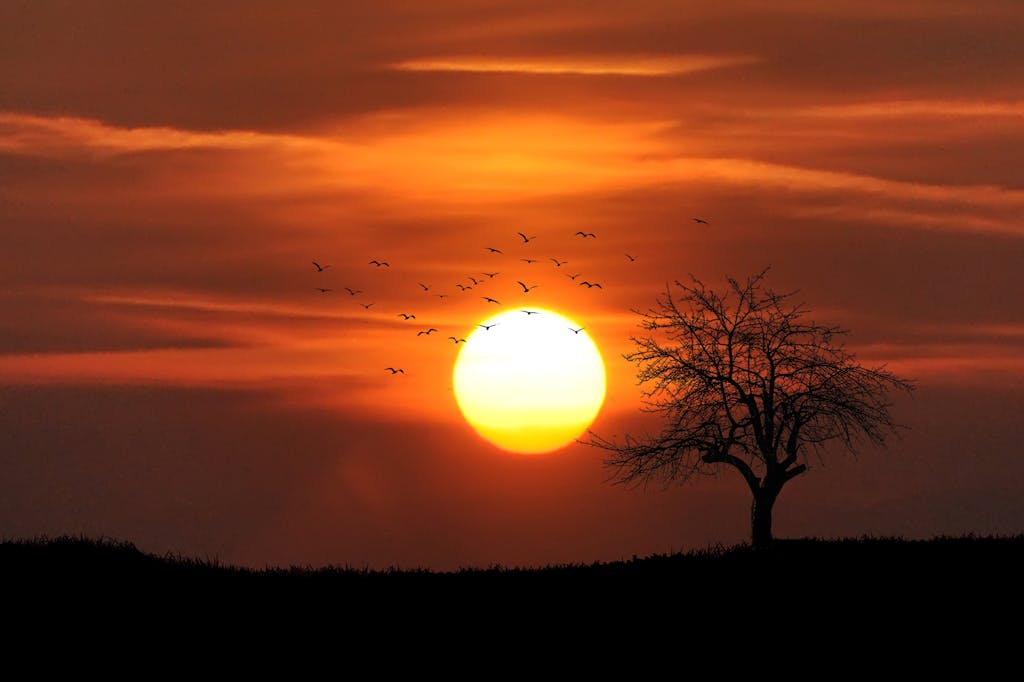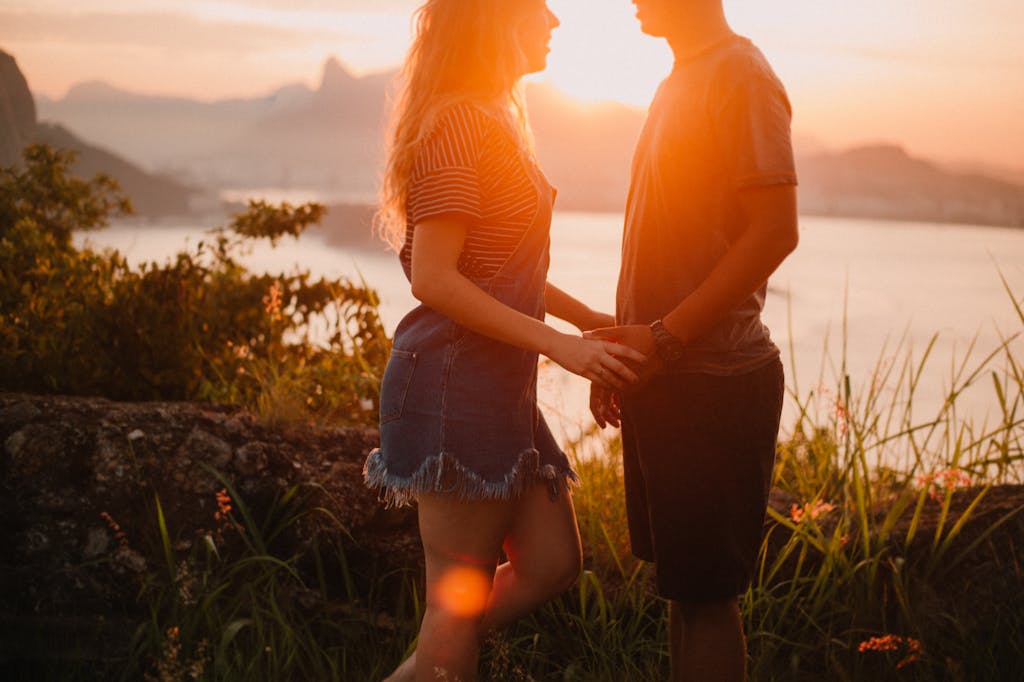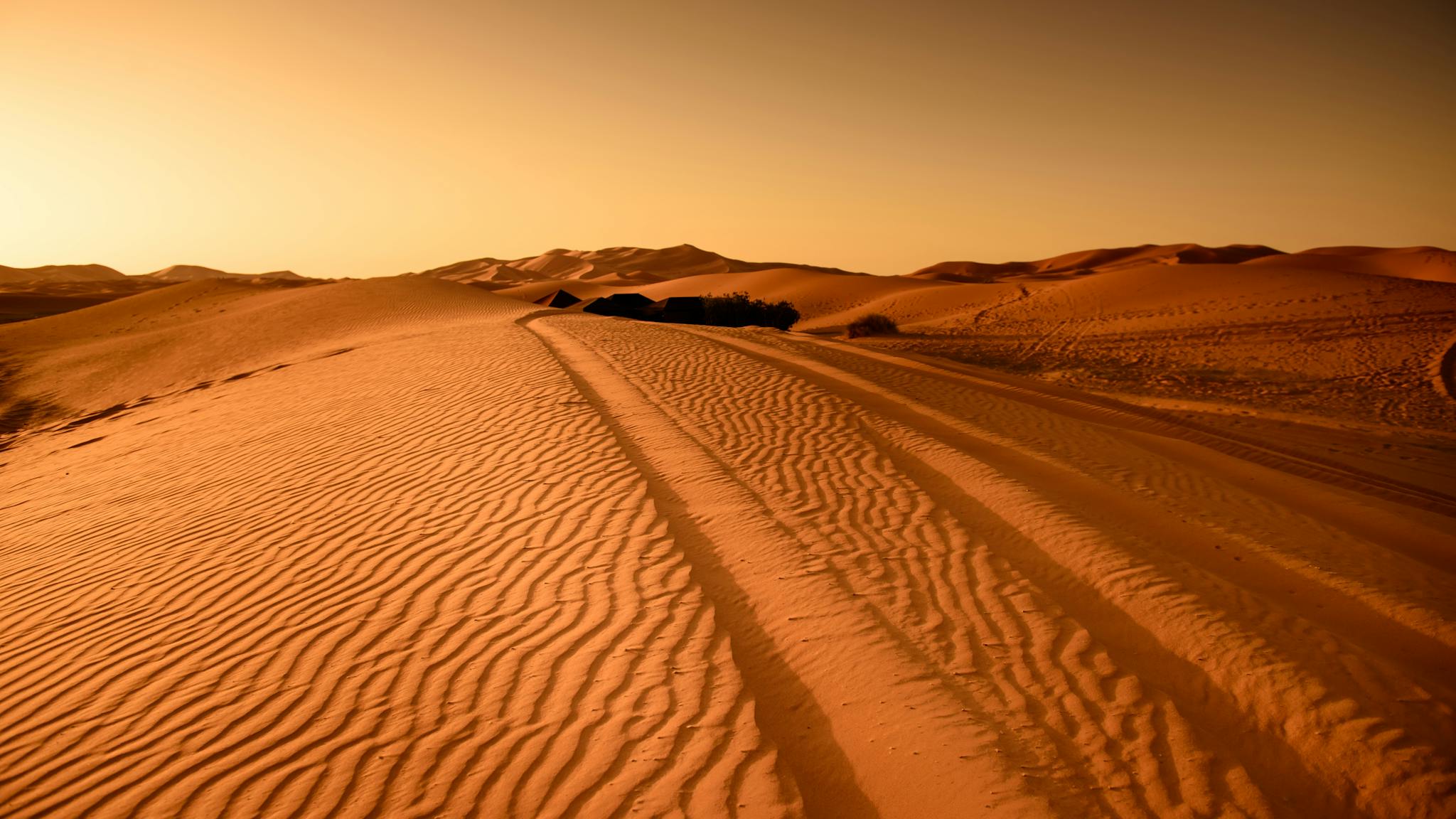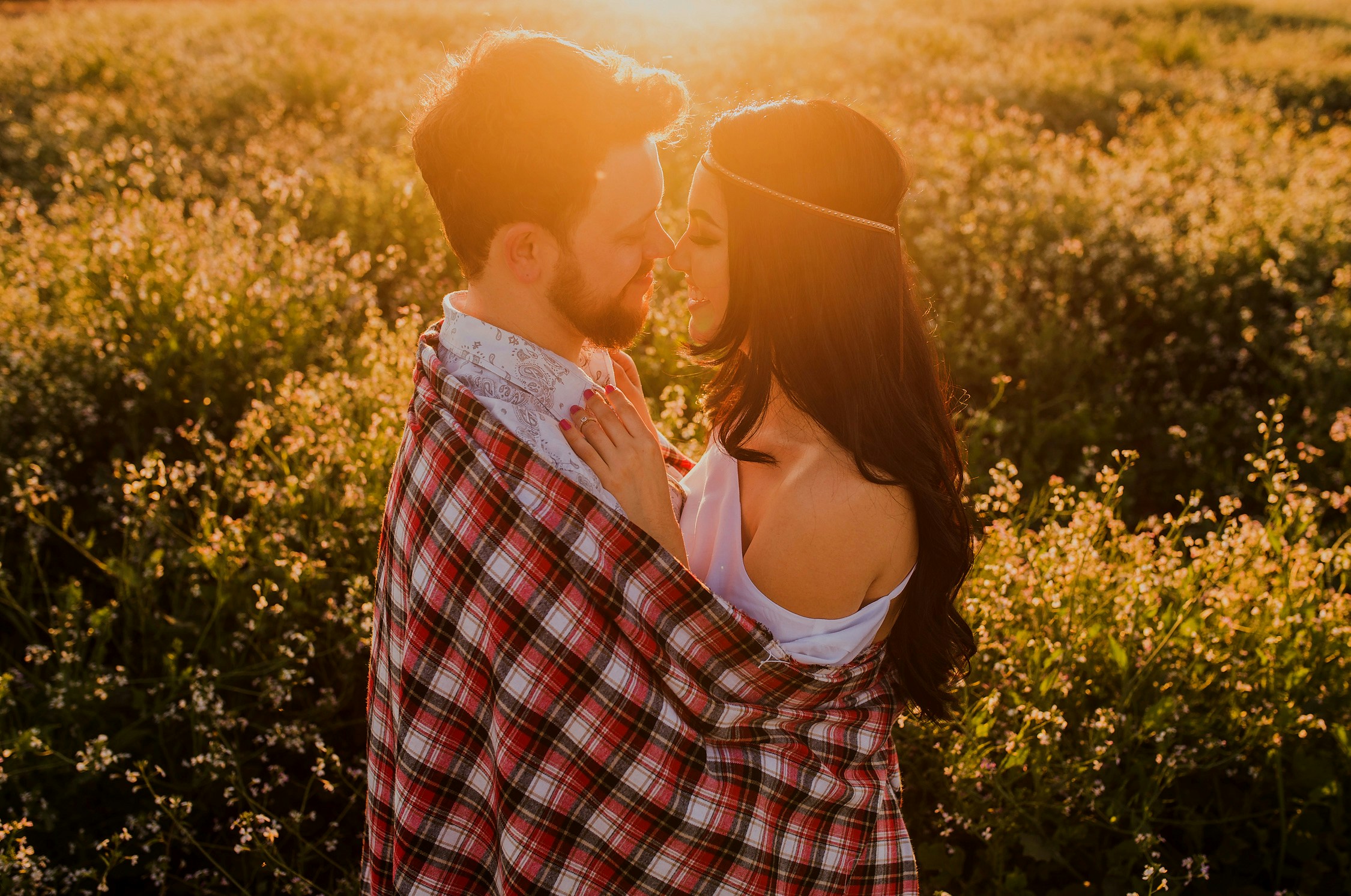Capturing the Magic: The Golden Hour in Photography
Why Golden Hour is So Popular?
The Golden Hour in Photography is a “sacred” period of time shortly after sunrise or before sunset when the light transforms ordinary scenes into extraordinary works of art. It’s characterized by its warm, soft, and golden hues and has captivated photographers for generations. The golden hour offers a unique opportunity to capture scenes bathed in golden light, adding depth, warmth, and a sense of magic to photographs. It’s a time when even the most mundane subjects are elevated to sublime beauty, making it a perfect window of opportunity for capturing stunning photos.
Table of Contents

Predicting Golden Hour exact time
Predicting the golden hour requires an understanding of astronomical principles. It occurs when the sun is near the horizon, diffusing its light through a thicker layer of the Earth’s atmosphere, resulting in a soft, warm glow. Various tools and apps are available to help photographers pinpoint the exact timing of golden and blue hours, allowing for precise planning and preparation. By utilizing these tools, photographers can anticipate the optimal lighting conditions and make the most of this magical time.
Calculating Golden Hour in Photography
With the aid of modern technology, photographers can effortlessly calculate the precise timing of the golden hour using specialized apps. These applications consider geographic location, time of year, and weather conditions to provide accurate predictions, empowering photographers to optimize their shooting schedules for optimal lighting conditions. By harnessing the power of technology, photographers can maximize their chances of capturing stunning images during the golden hour. Use the phototime golden hour app to know the exact time.
Morning vs. Evening Golden Hour Light
While both morning and evening golden hours offer exquisite lighting conditions, they each impart a distinct mood to photographs. Morning golden light tends to be cooler and softer, casting gentle shadows and a sense of tranquility. In contrast, evening golden light is warmer and more dramatic, infusing scenes with a rich, golden glow and casting longer shadows. Understanding the nuances of morning versus evening light allows photographers to choose the perfect time of day to convey the desired mood and atmosphere in their images.
What Makes the Light Golden During Golden Hour?
The golden hue of the light during the golden hour is a result of the Earth’s atmosphere scattering shorter blue wavelengths of light, leaving longer red and orange wavelengths to dominate the sky. This scattering effect creates the warm, golden tones that are characteristic of the golden hour. The angle of the sun during this time of day also contributes to the soft, diffused quality of the light, further enhancing the magical atmosphere.

Why is the Golden Hour So Short?
The fleeting nature of the golden hour adds to its allure but also presents challenges for photographers. The short duration is primarily due to the rapid change in the sun’s angle as it moves closer to the horizon, altering the quality and intensity of the light. Consequently, photographers must work swiftly and decisively to capture the perfect shot before the magical light dissipates. Despite its brevity, the golden hour offers a brief but unforgettable opportunity to create images imbued with warmth, depth, and emotion.
Types of Light You Can Get During Golden Hour
During the golden hour, photographers are treated to a variety of lighting conditions, ranging from soft, diffused light to bold, directional beams. This versatility allows for endless creative possibilities, enabling photographers to experiment with different compositions, subjects, and effects. Whether capturing the soft, dreamy light of dawn or the warm, golden glow of sunset, photographers can use the ever-changing light of the golden hour to convey mood, atmosphere, and emotion in their images.
Predicting the Sun Path on the Sky with Augmented Reality
Augmented reality apps offer a revolutionary tool for photographers, allowing them to visualize the sun’s path across the sky in real-time. By overlaying digital markers onto the camera’s viewfinder, these apps enable precise alignment and composition, ensuring that photographers can make the most of the golden hour’s fleeting moments. With the help of augmented reality technology, photographers can accurately predict the sun’s position and plan their shots accordingly, maximizing their chances of capturing breathtaking images bathed in golden light.

Get uphill and make the golden hour time longer
The extension of the golden hour when you’re uphill depends on several factors, including the elevation, the geographical location, and the time of year. Here’s a general overview of how these factors influence the duration:
- Elevation: Higher elevations allow you to see the sun for a longer period as it rises or sets. While there’s no exact formula to calculate the additional time, a rough estimate can be made using the angle of elevation and the Earth’s curvature.
- Geographical Location: The closer you are to the poles, the longer the golden hour tends to be, especially during summer months. Conversely, near the equator, the golden hour is shorter but still benefits from elevation.
- Time of Year: During summer, the sun takes a longer, shallower path across the sky, extending the duration of golden hour compared to winter, when the sun’s path is steeper.
Rough Calculation
To estimate how much longer the golden hour can be at higher elevations, consider the following example:
- Average Golden Hour Duration: On flat ground, the golden hour lasts about 45 minutes to an hour after sunrise and before sunset.
- Elevation Impact: For every 1000 meters (about 3280 feet) increase in elevation, the horizon can extend by approximately 3 to 5 minutes.
So, if you’re at an elevation of 2000 meters (6560 feet), you might get an additional 6 to 10 minutes of golden hour.
Weather Conditions During Golden Hour
While clear skies are often ideal for capturing the golden hour’s magical light, varying weather conditions can also yield captivating results. Clouds, fog, and atmospheric phenomena can diffuse or refract light in unique ways, adding depth and dimension to photographs and creating unforgettable visual experiences. Embracing the unpredictability of weather conditions during the golden hour can lead to serendipitous moments and unexpected beauty, transforming ordinary scenes into extraordinary works of art.
Blue Hour
Following the golden hour, photographers are treated to another captivating phenomenon known as the blue hour. This brief period, characterized by its deep blue skies and soft, diffused light, offers a different yet equally mesmerizing palette for creative exploration. The blue hour presents a unique opportunity to capture atmospheric images with a tranquil, contemplative mood, making it a favorite among photographers seeking to evoke a sense of calm and serenity in their work.
Creative Approach: Silhouettes, Mist, etc.
The golden hour invites photographers to unleash their creativity and experiment with a myriad of techniques and subjects. From capturing silhouettes against a golden backdrop to accentuating atmospheric effects like mist or haze, the possibilities are limited only by one’s imagination. By embracing unconventional approaches and pushing the boundaries of traditional photography, photographers can create images that are not only visually stunning but also emotionally resonant, capturing the essence of the golden hour in all its magical glory.






